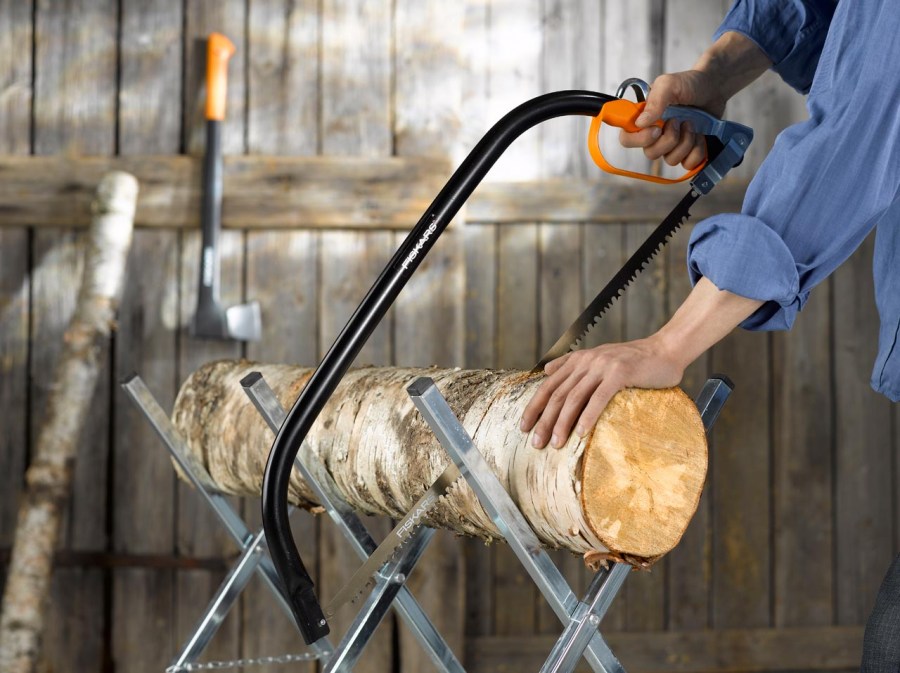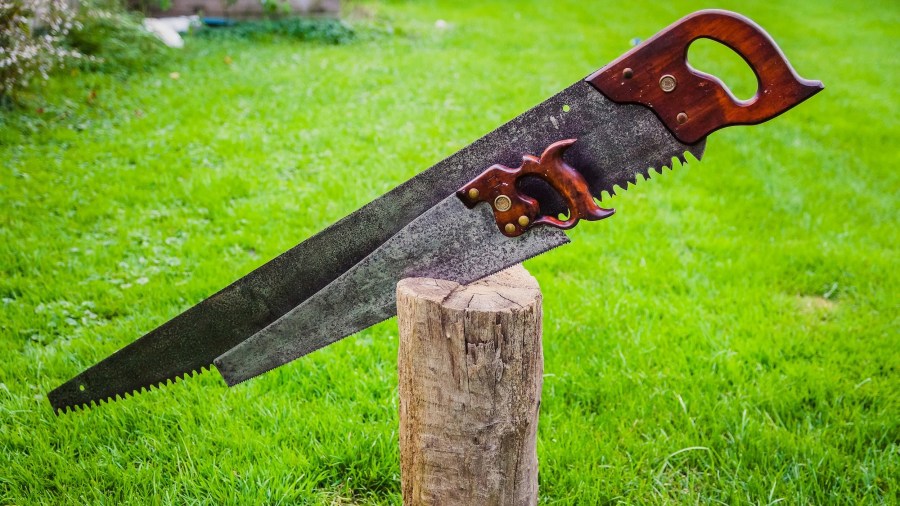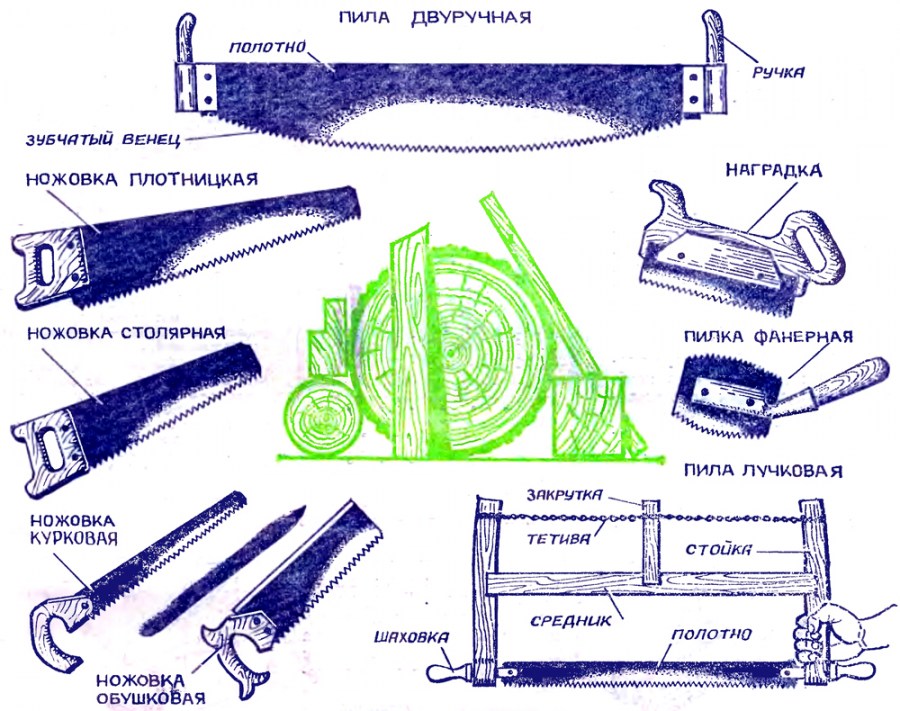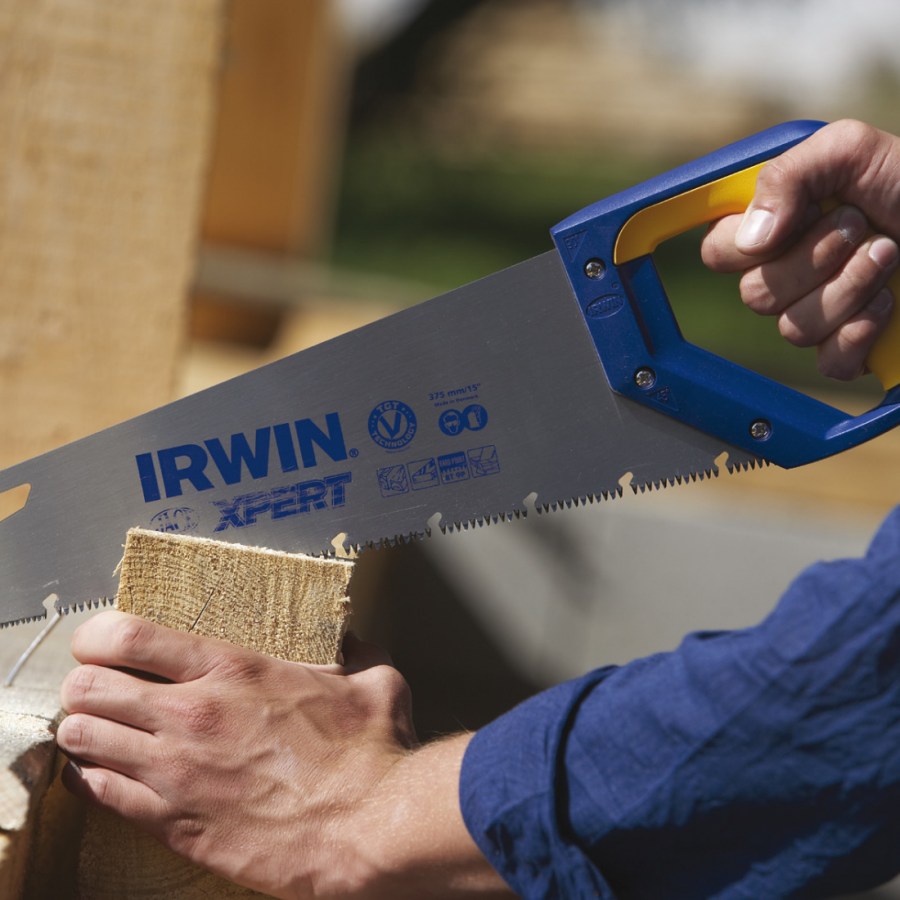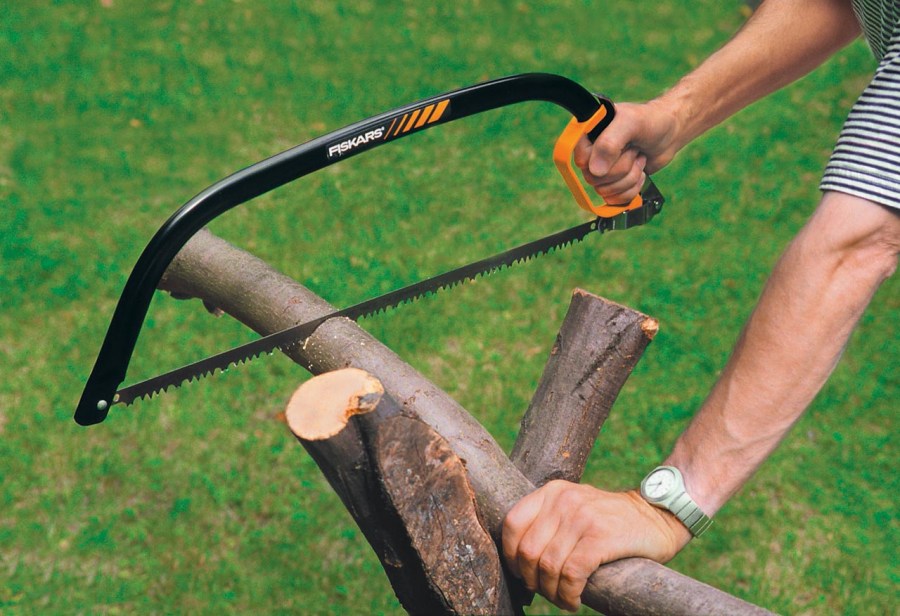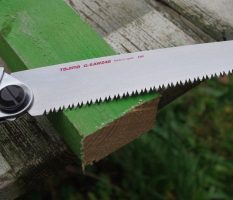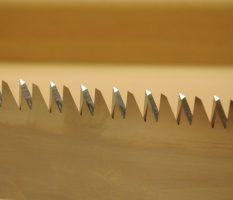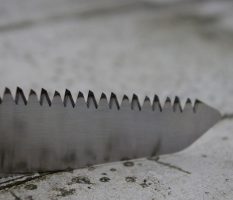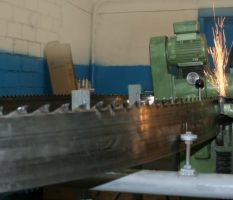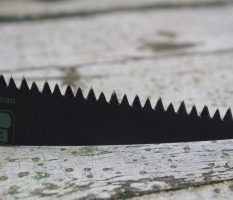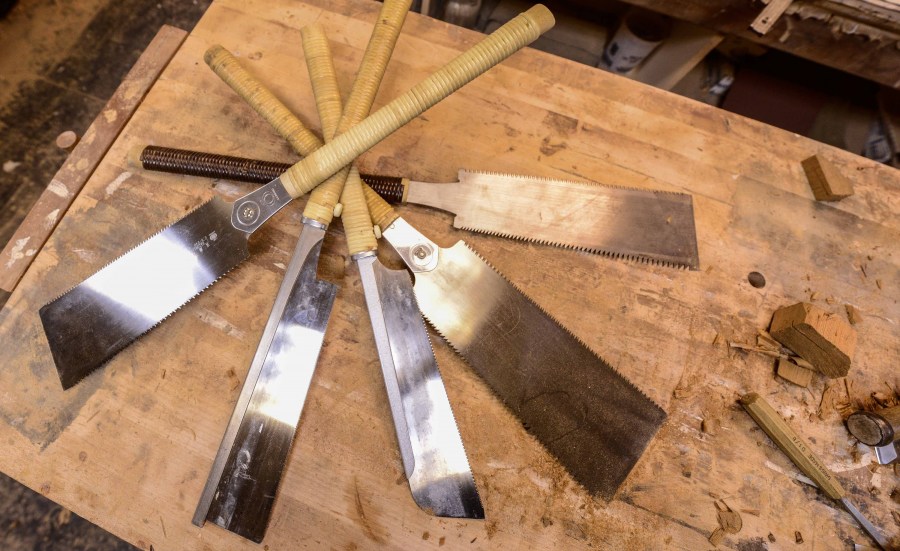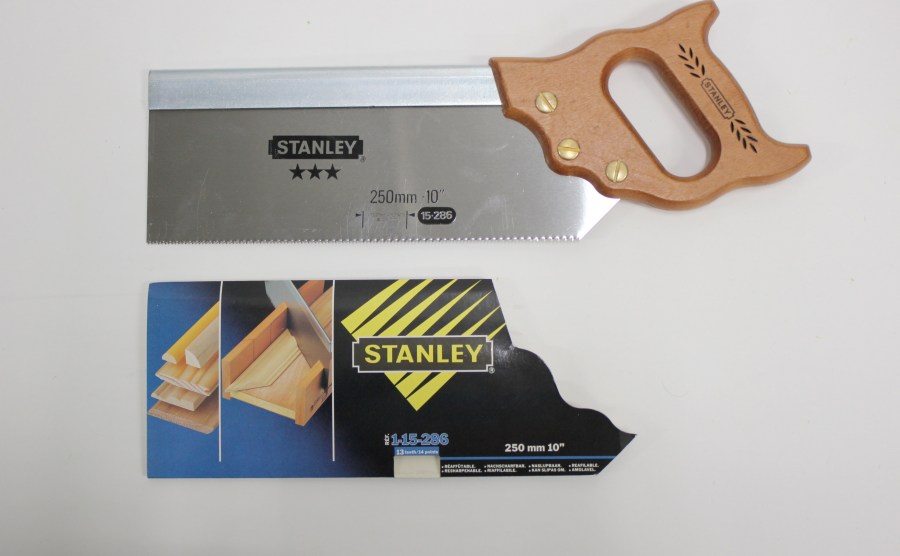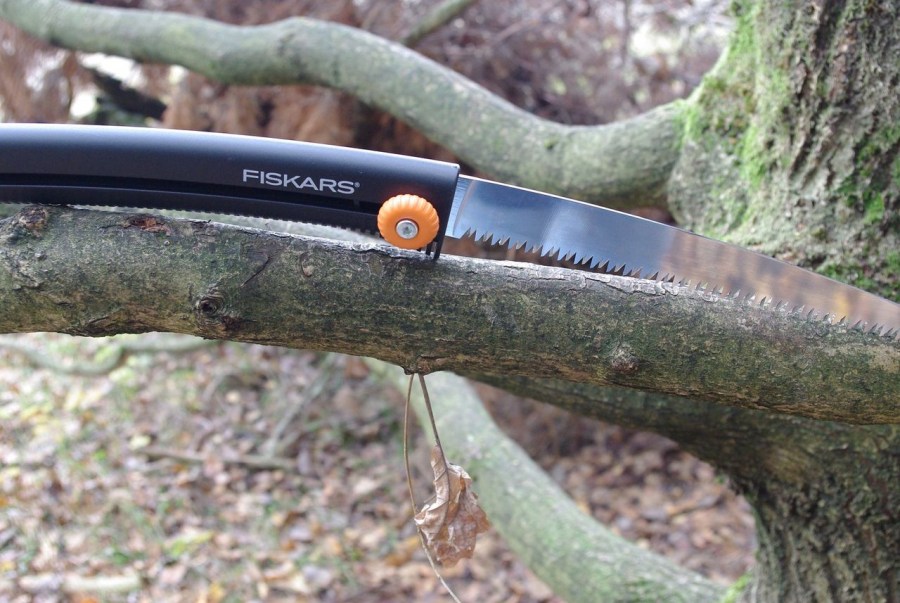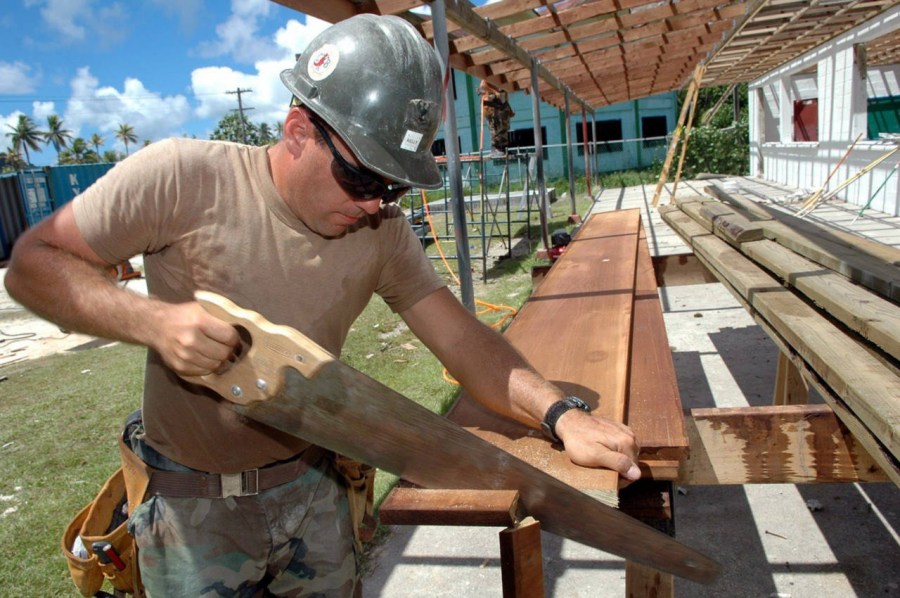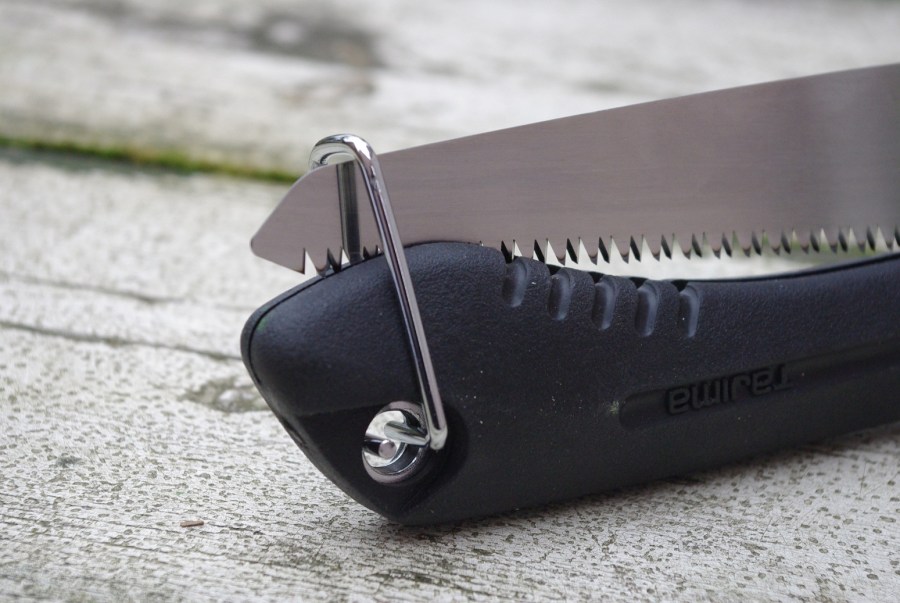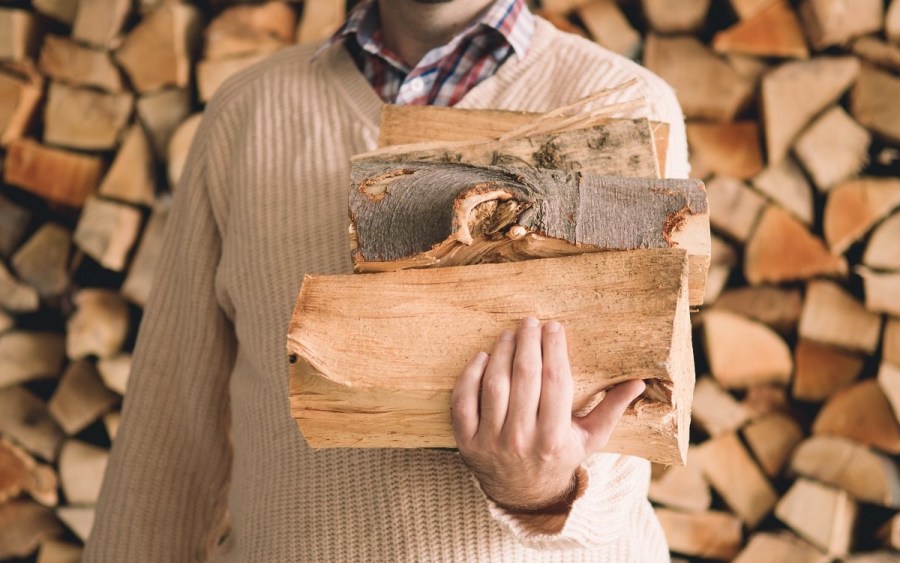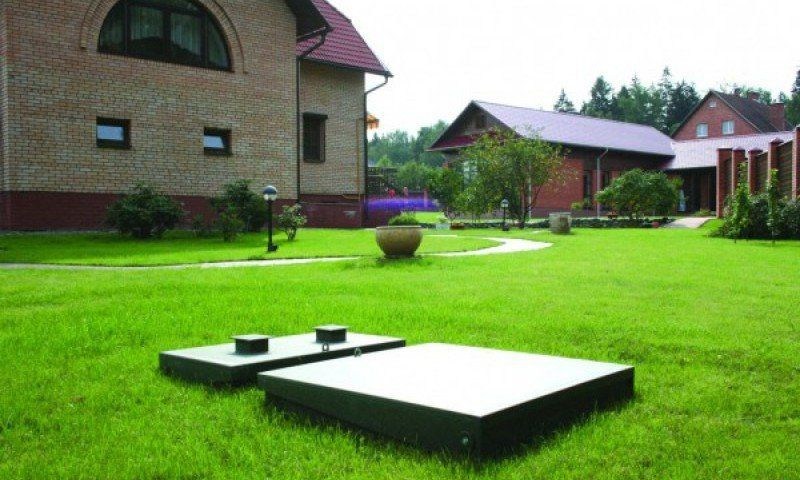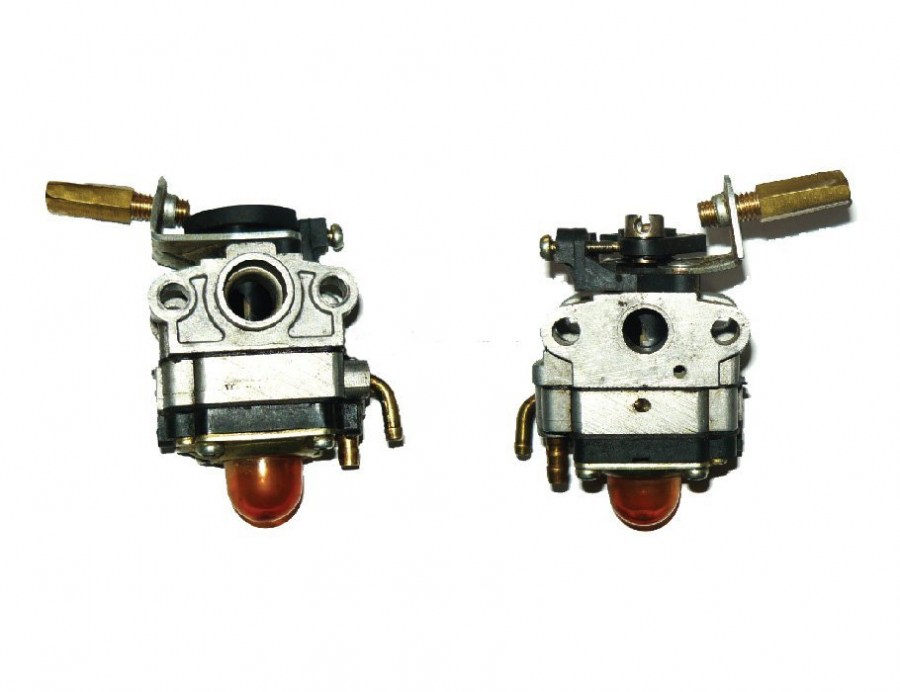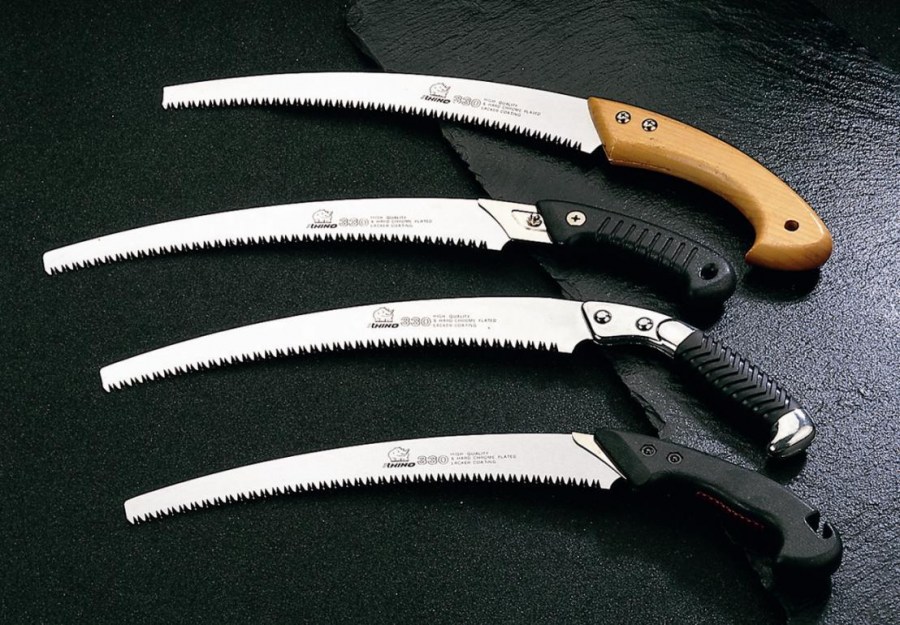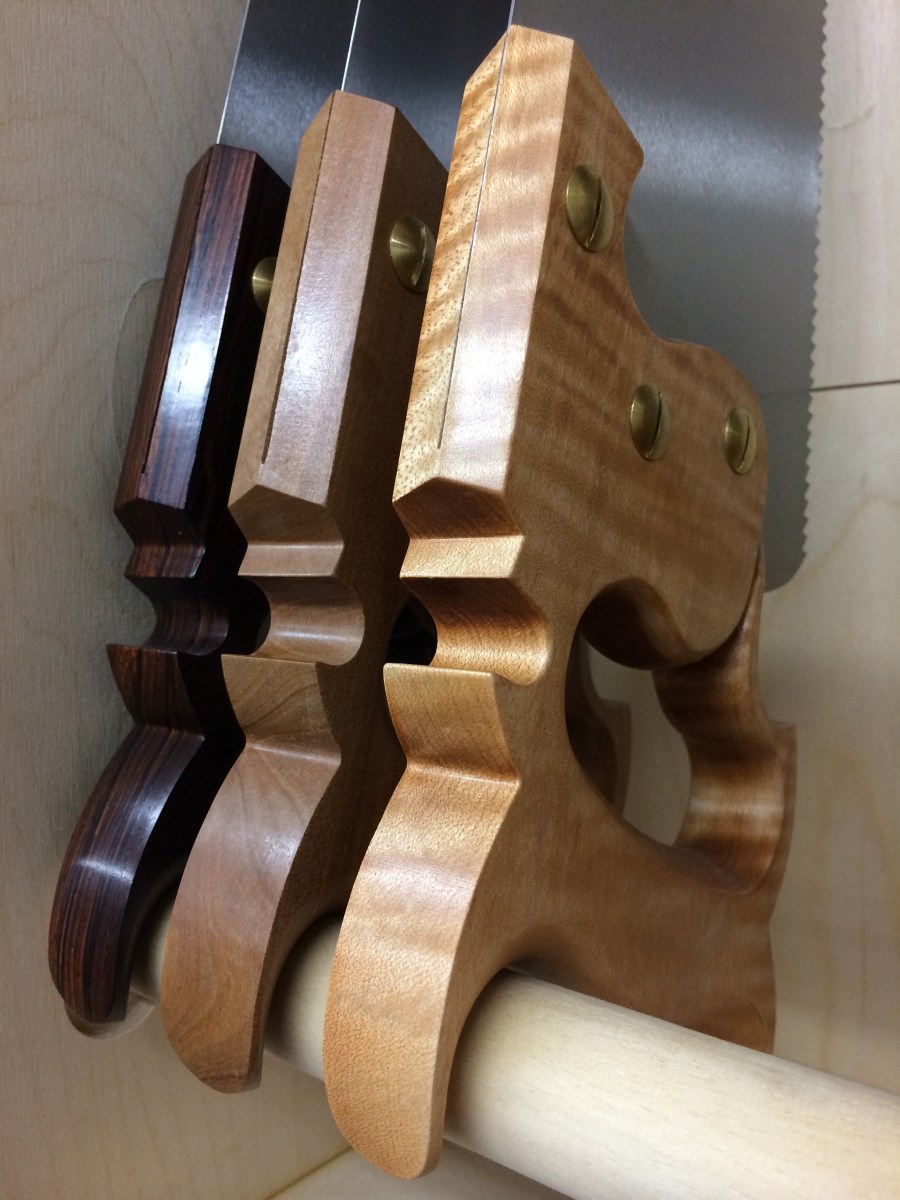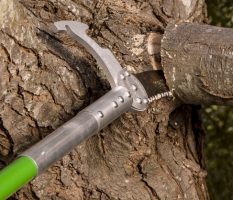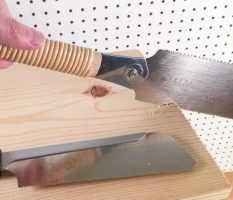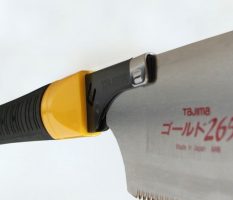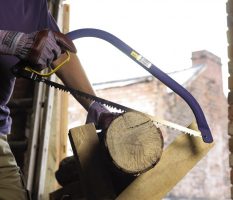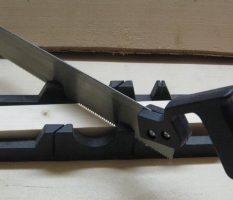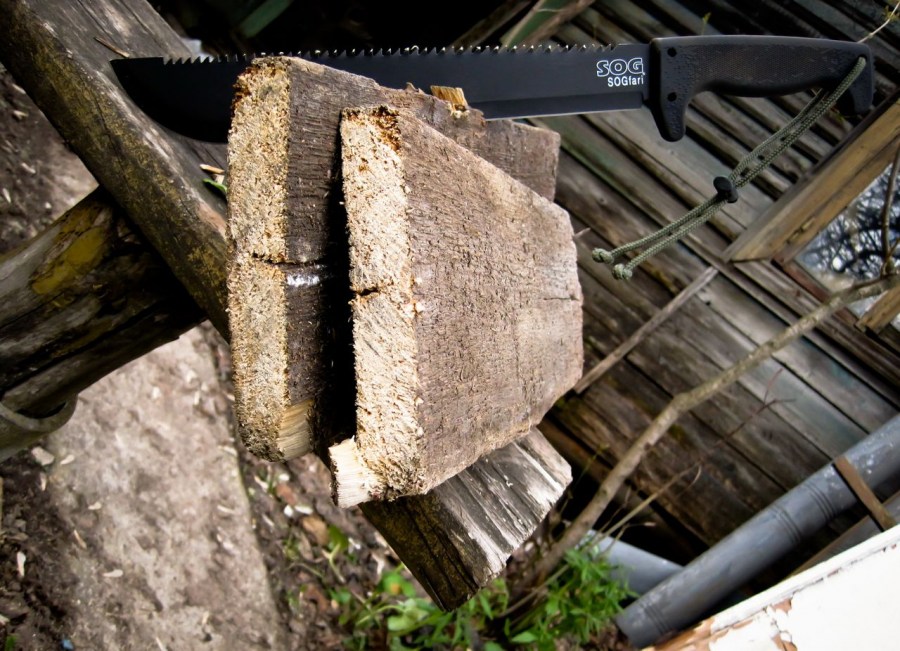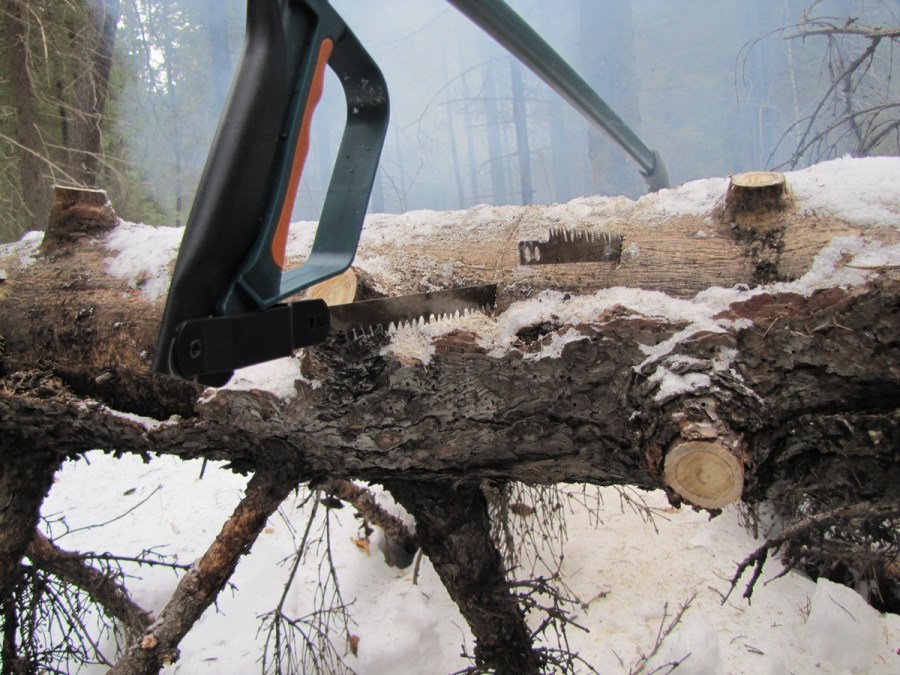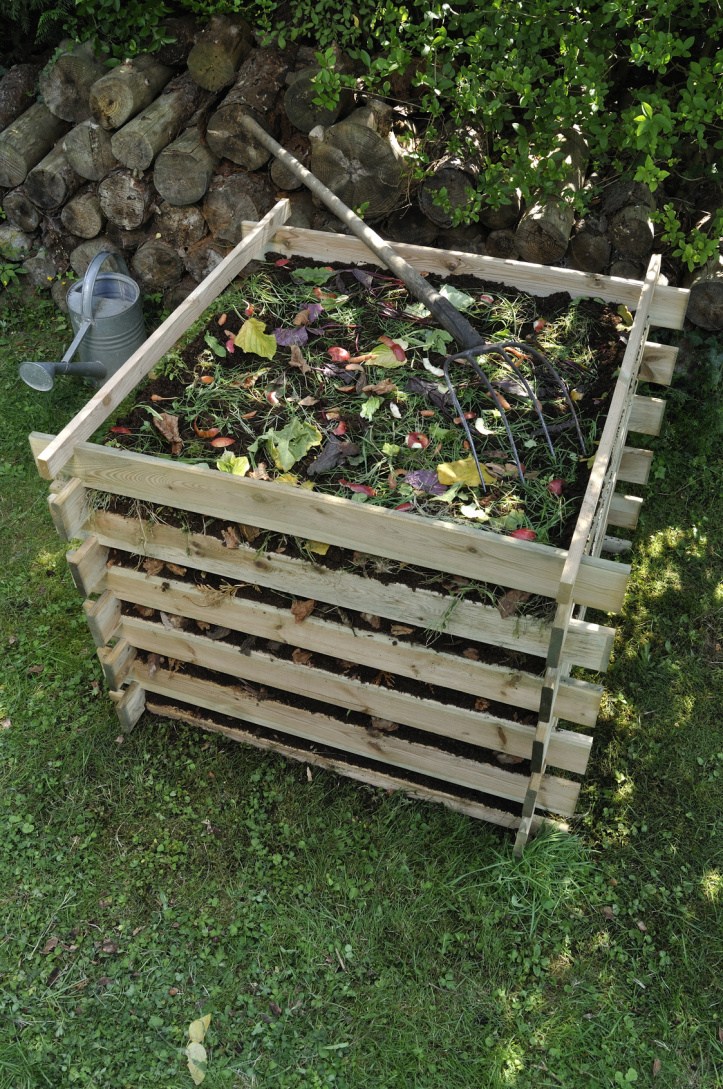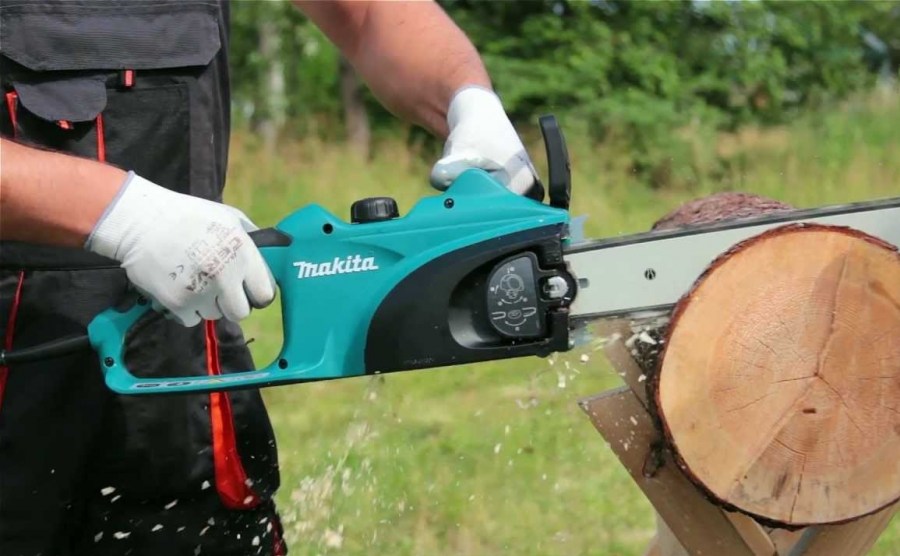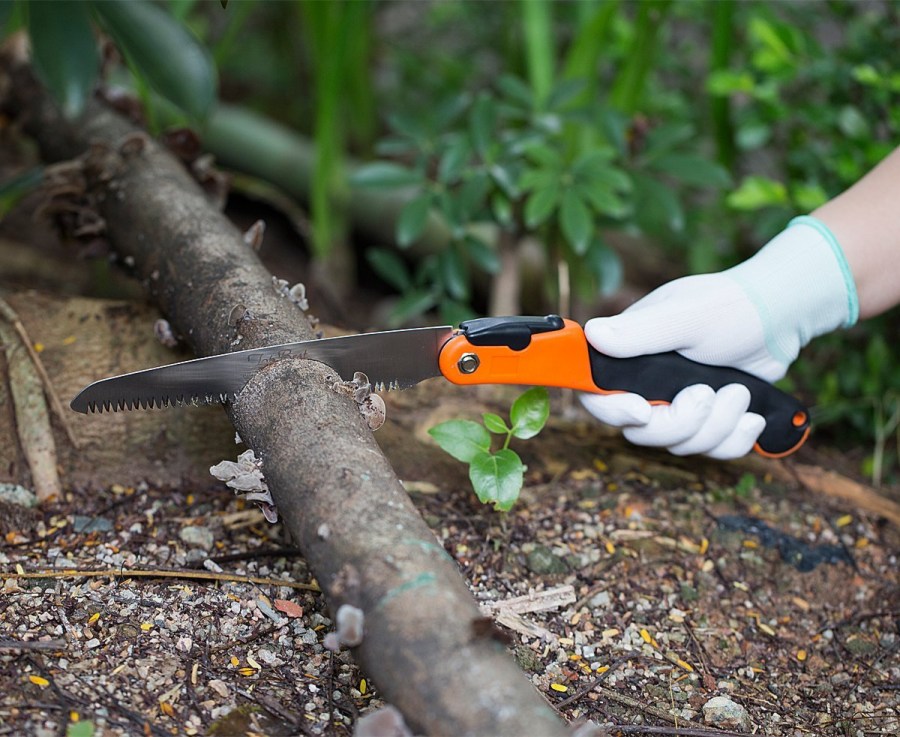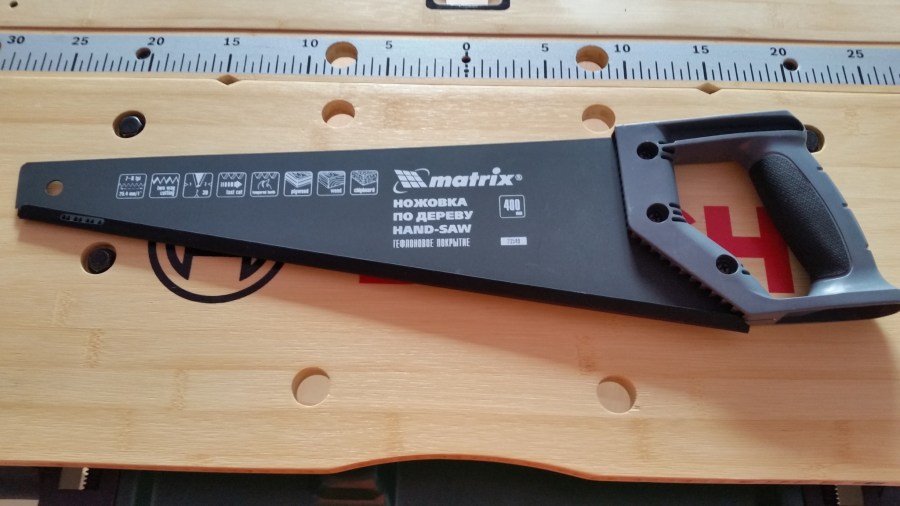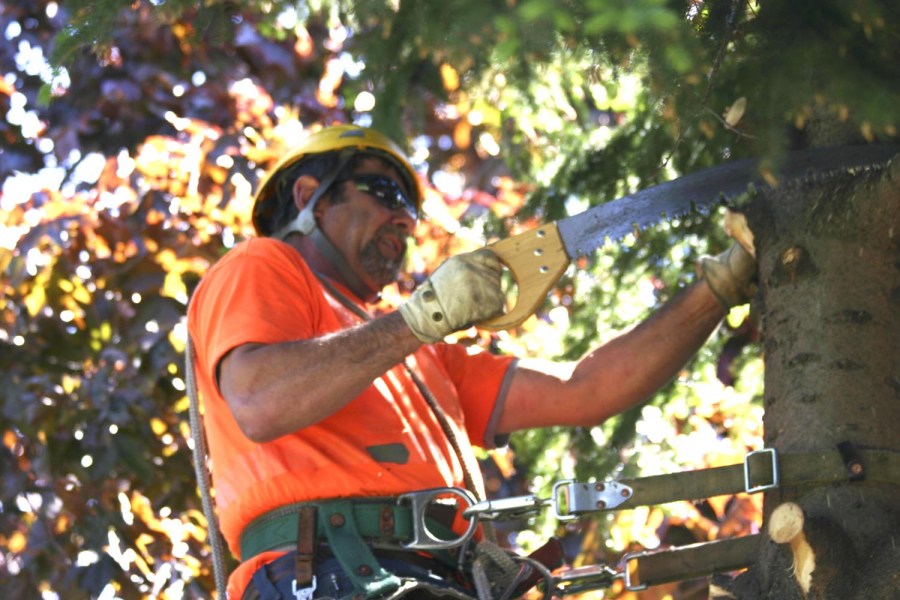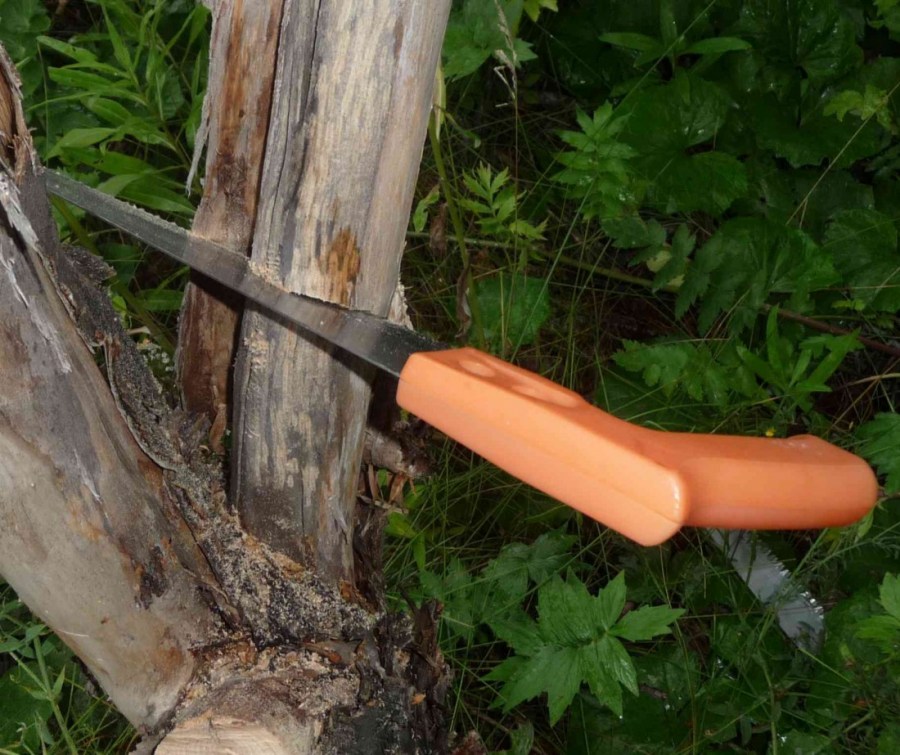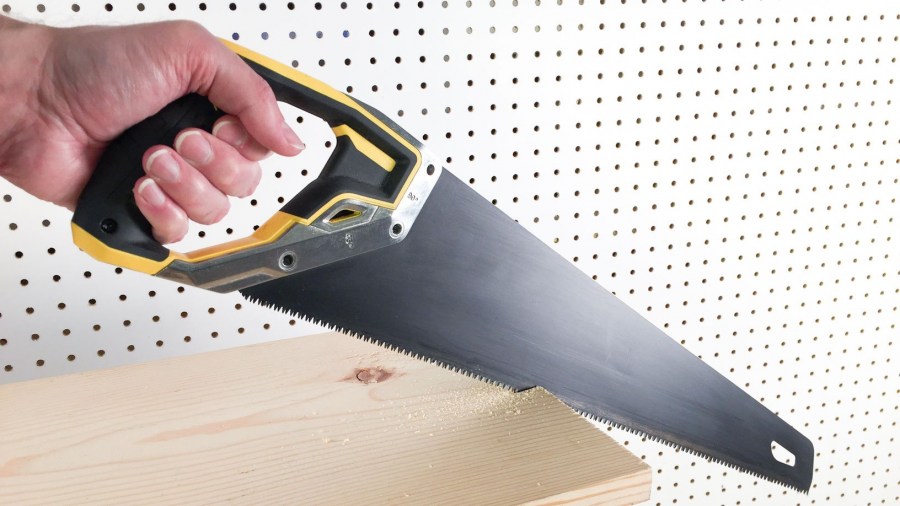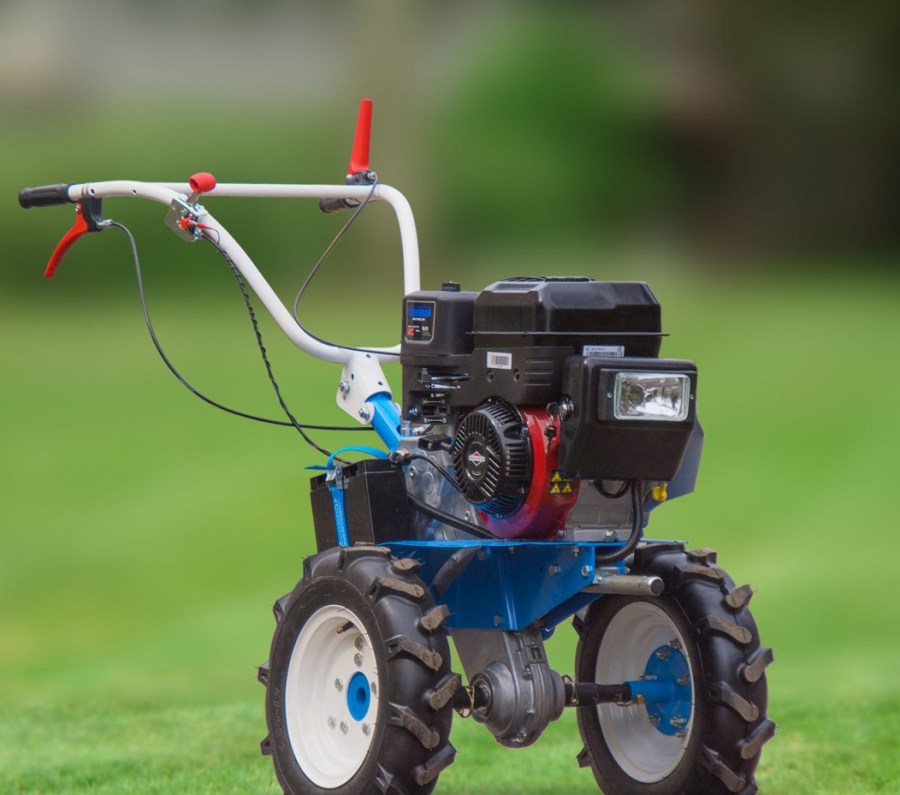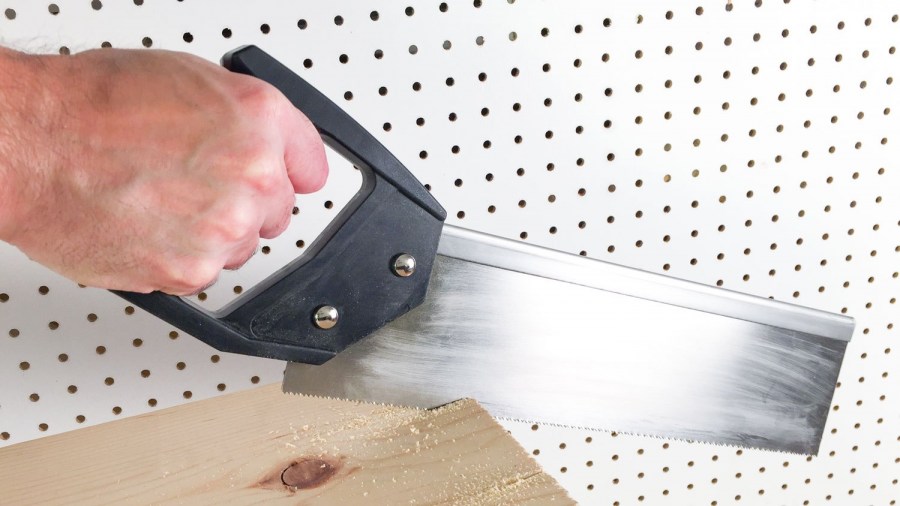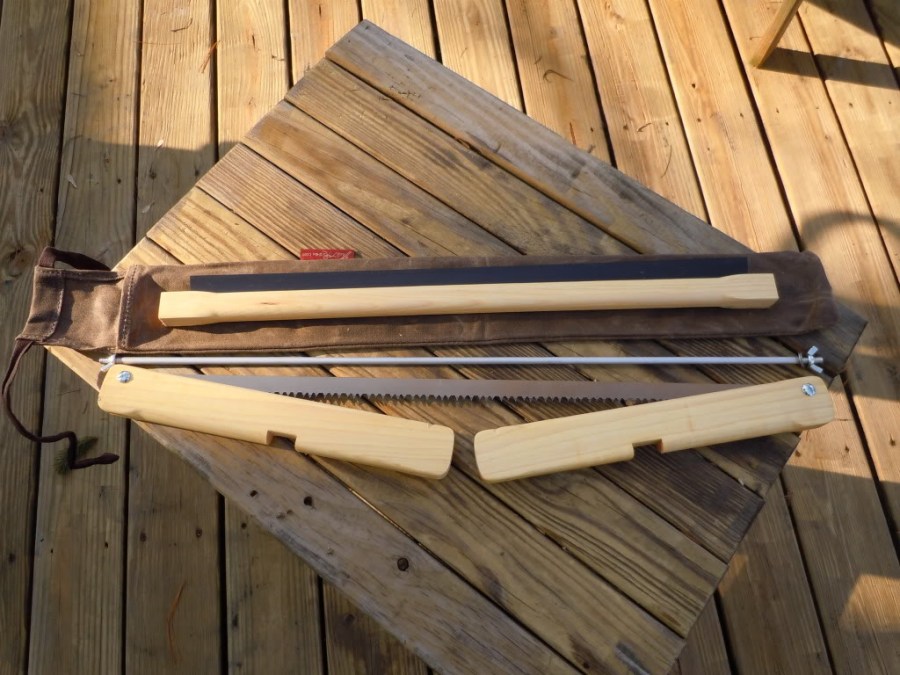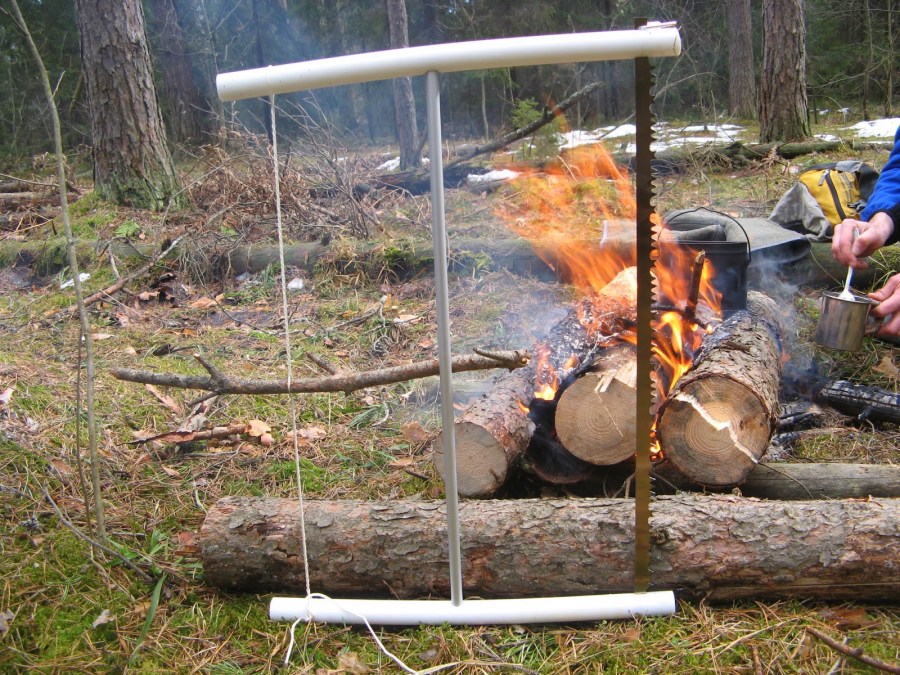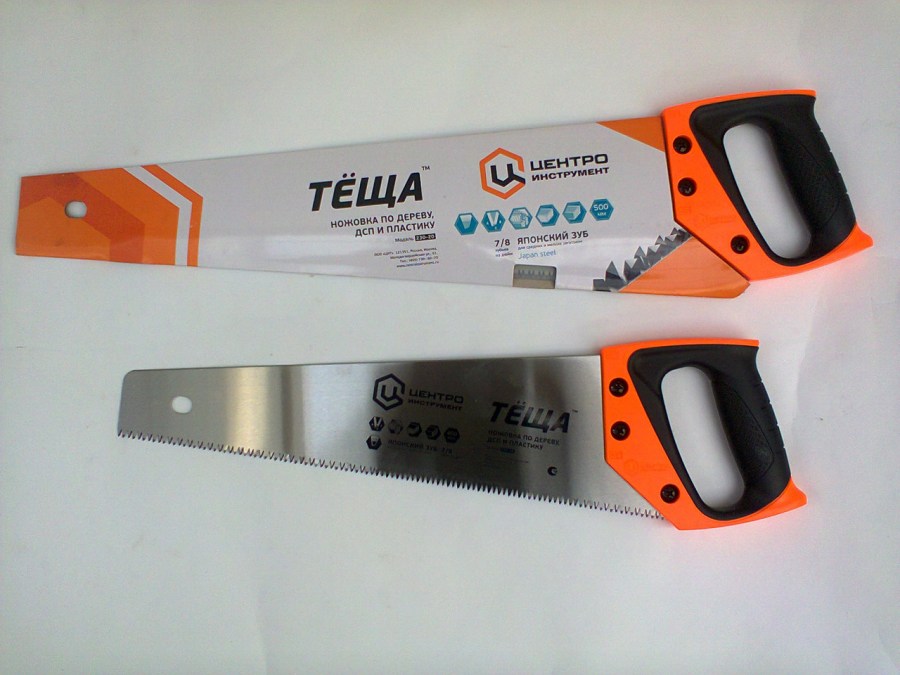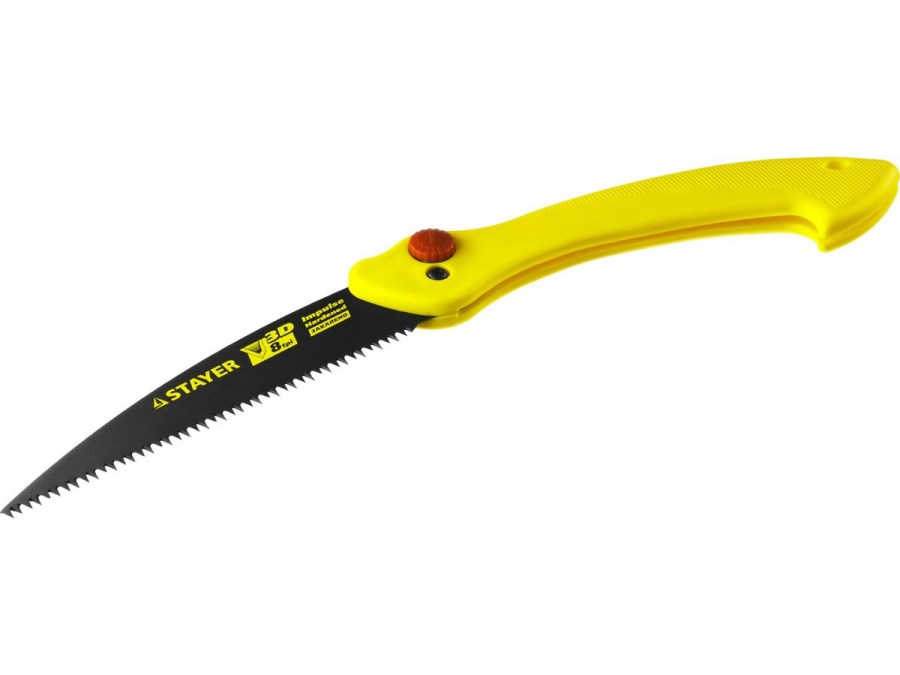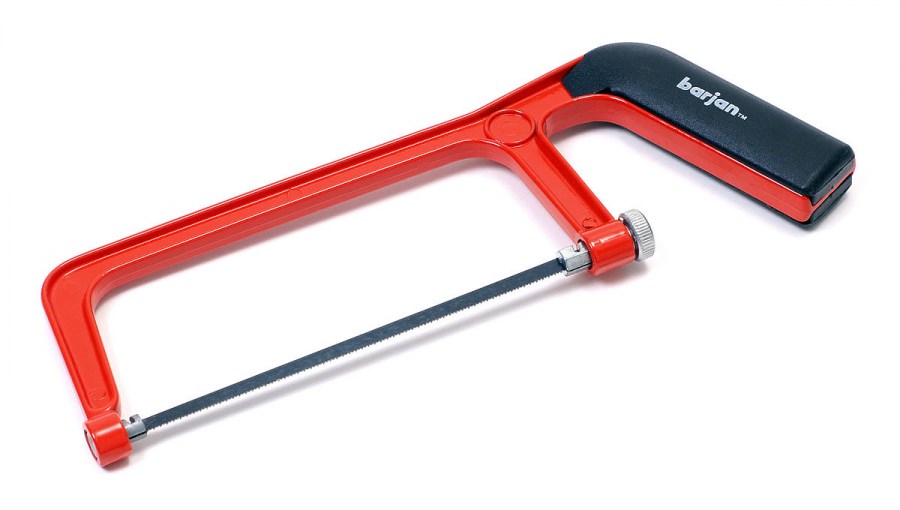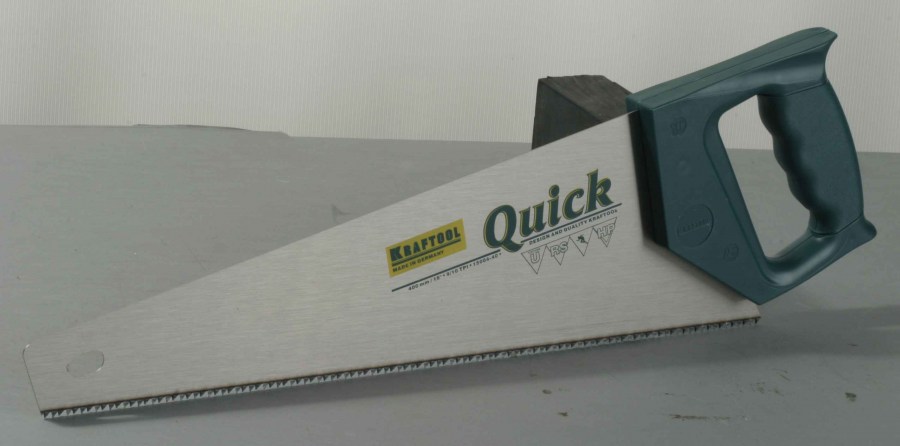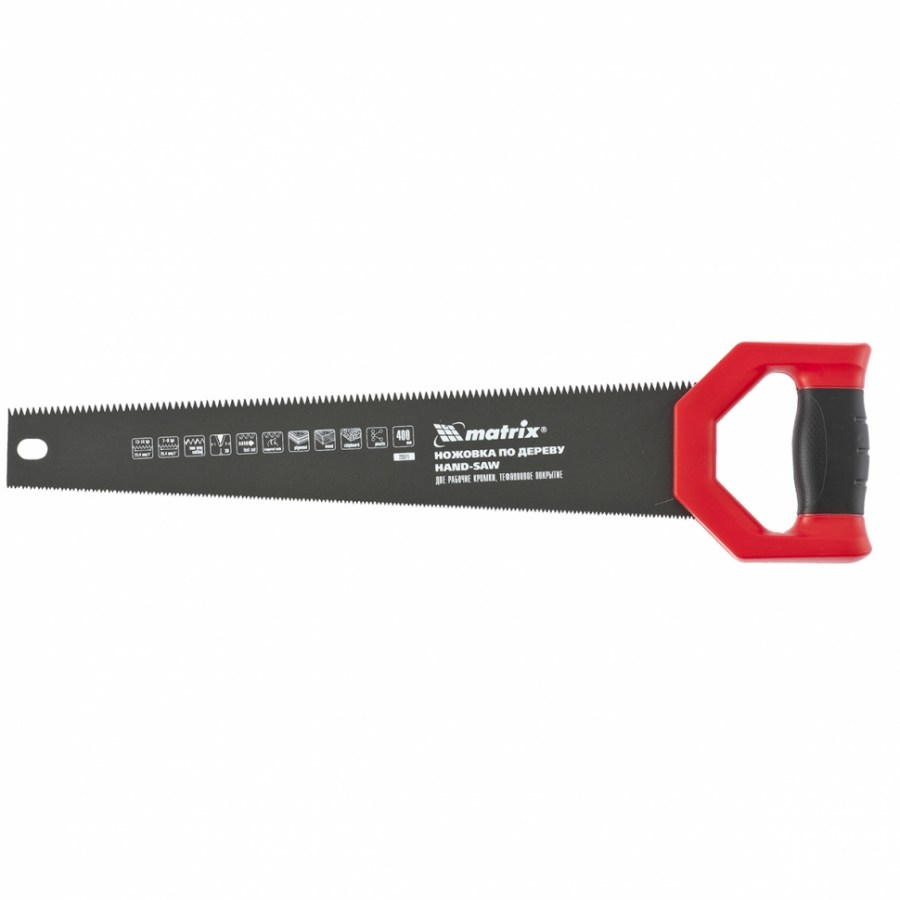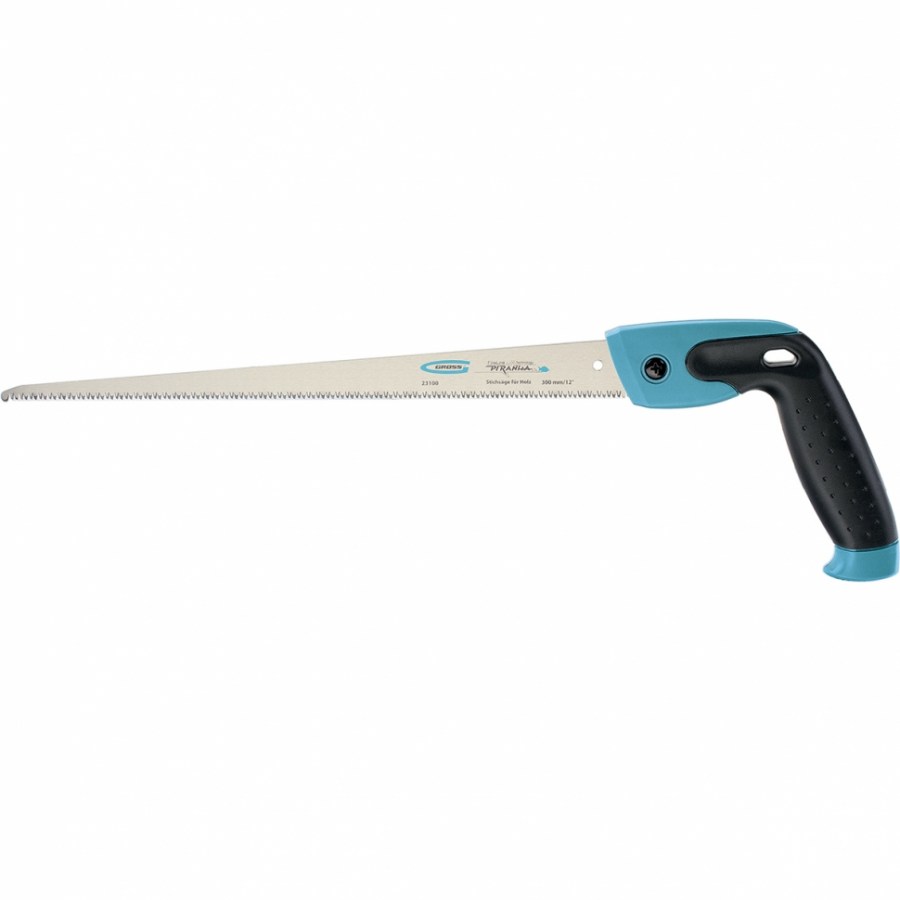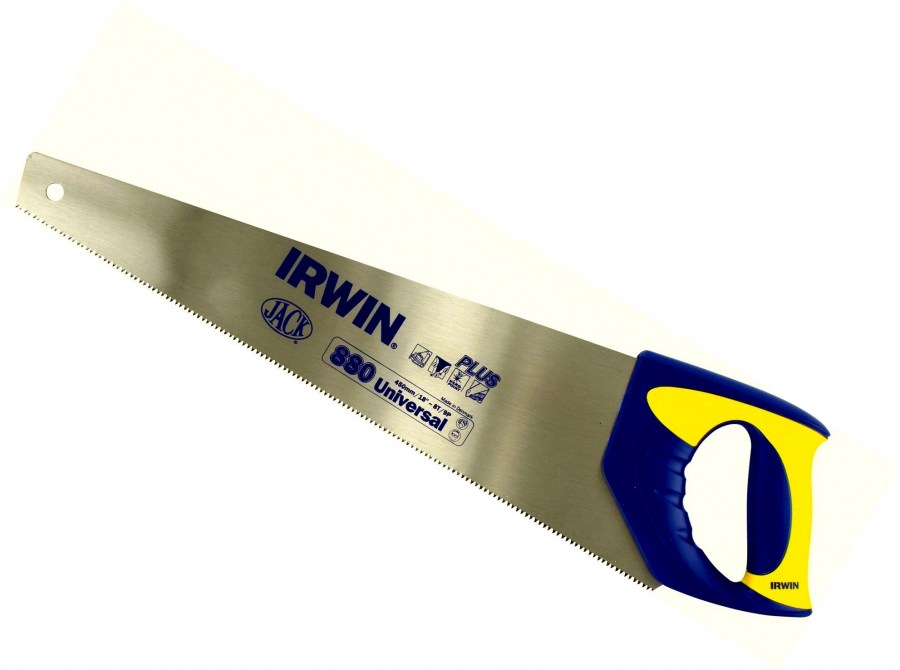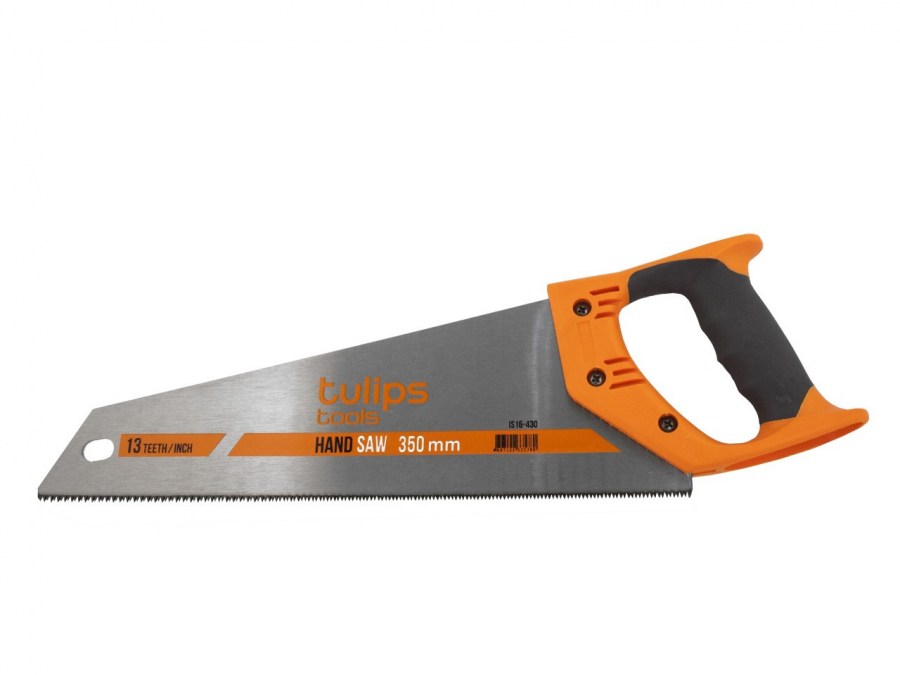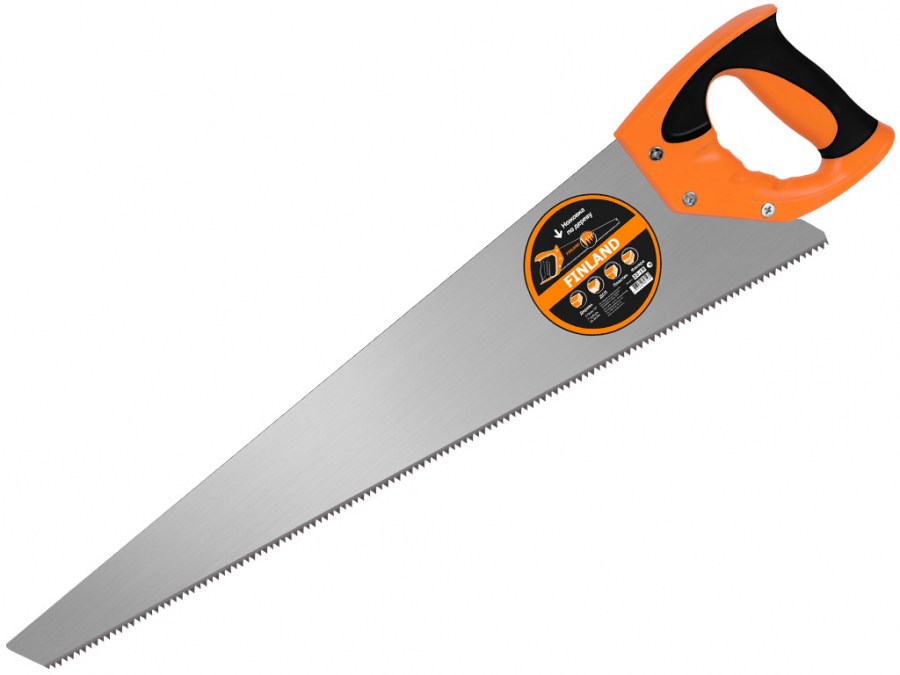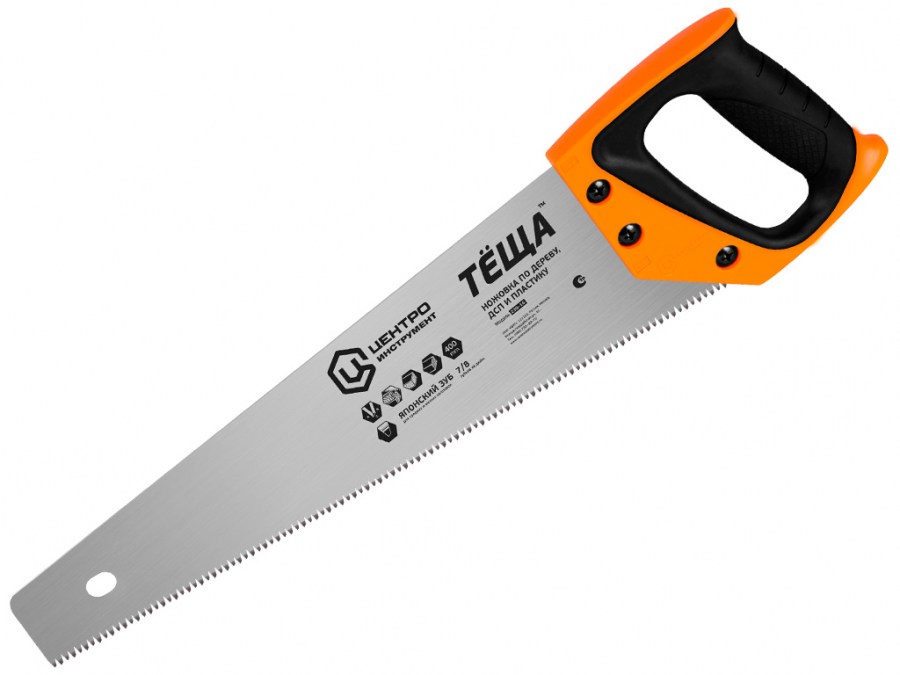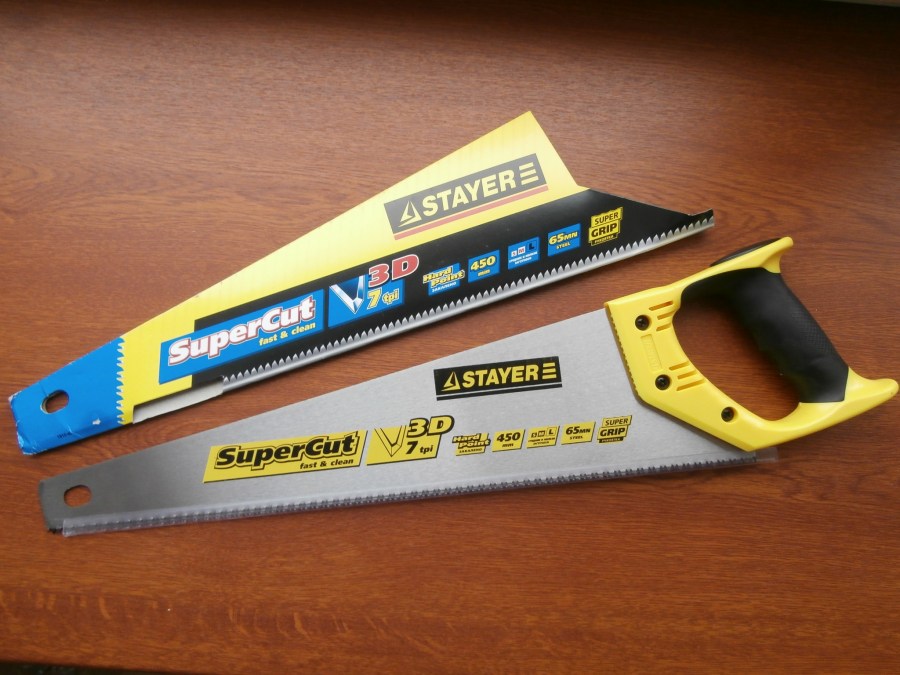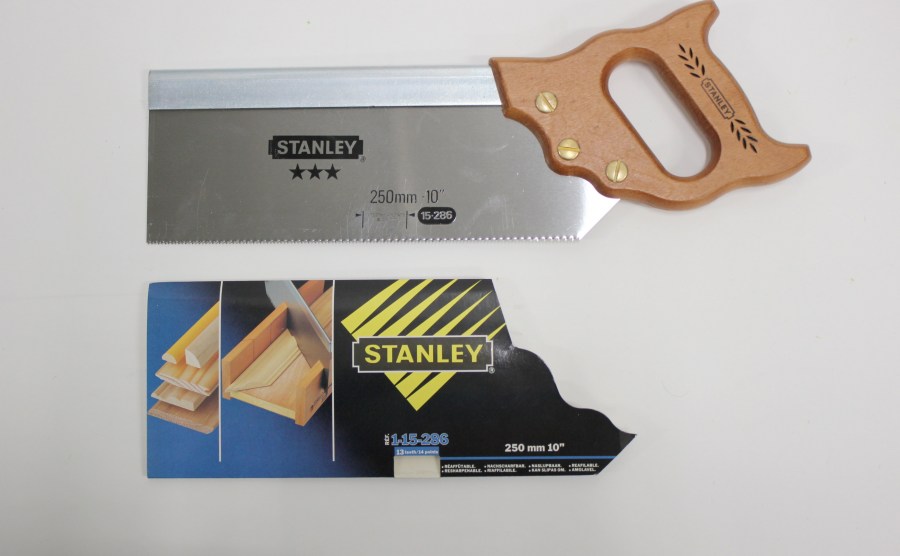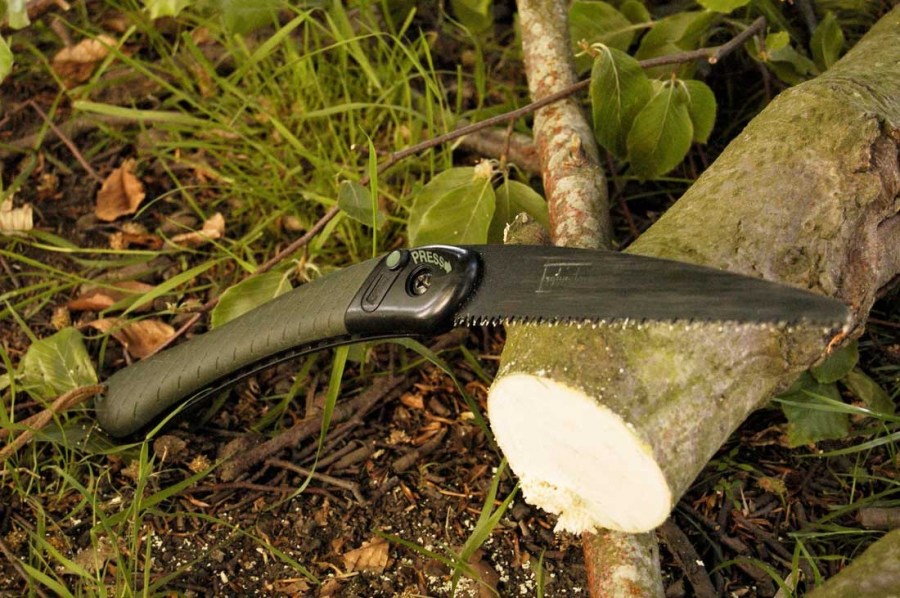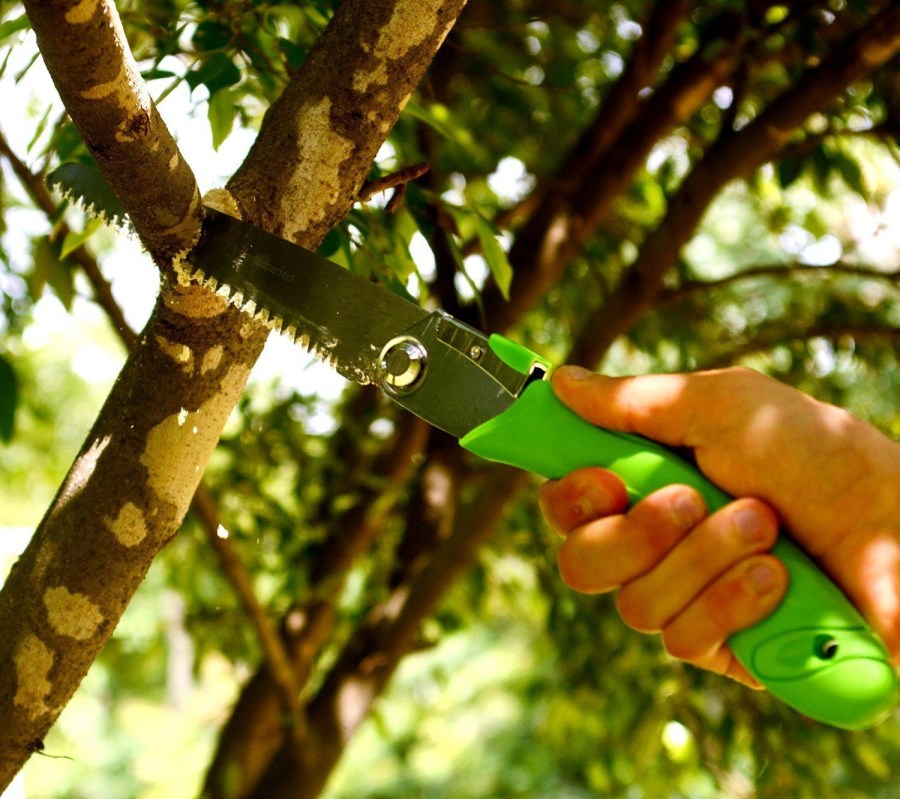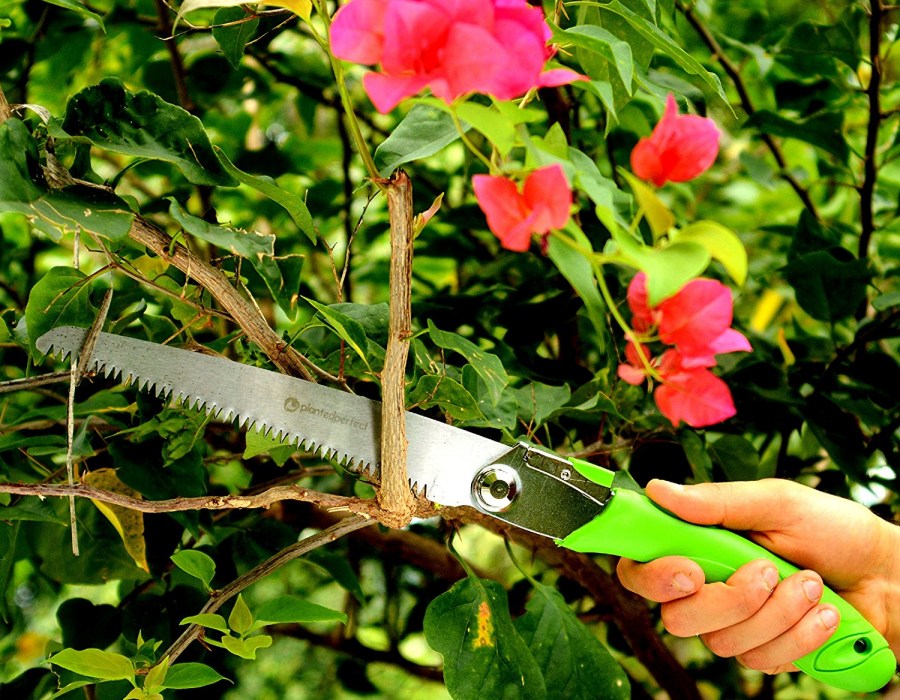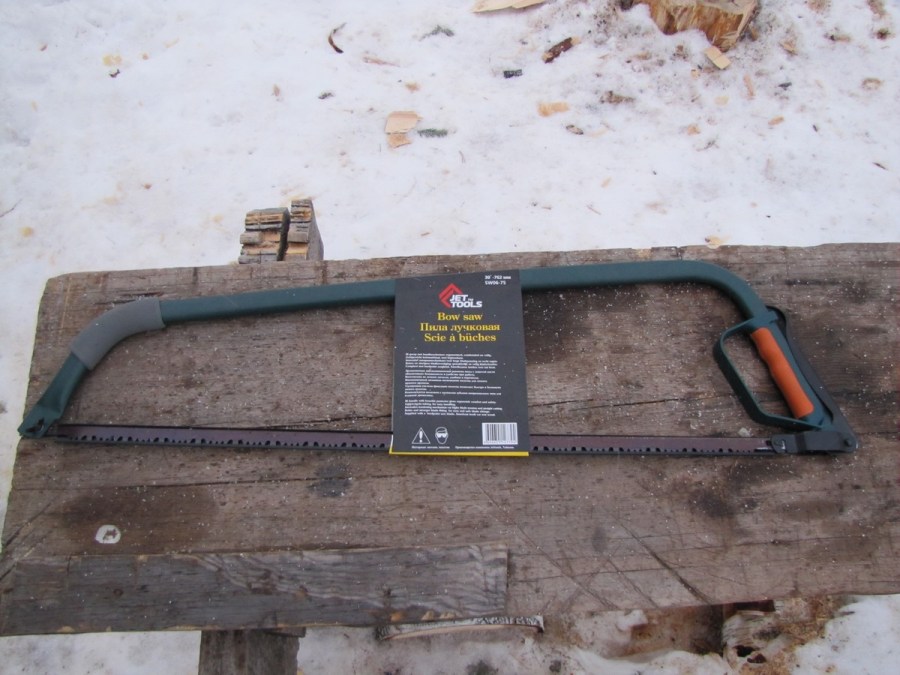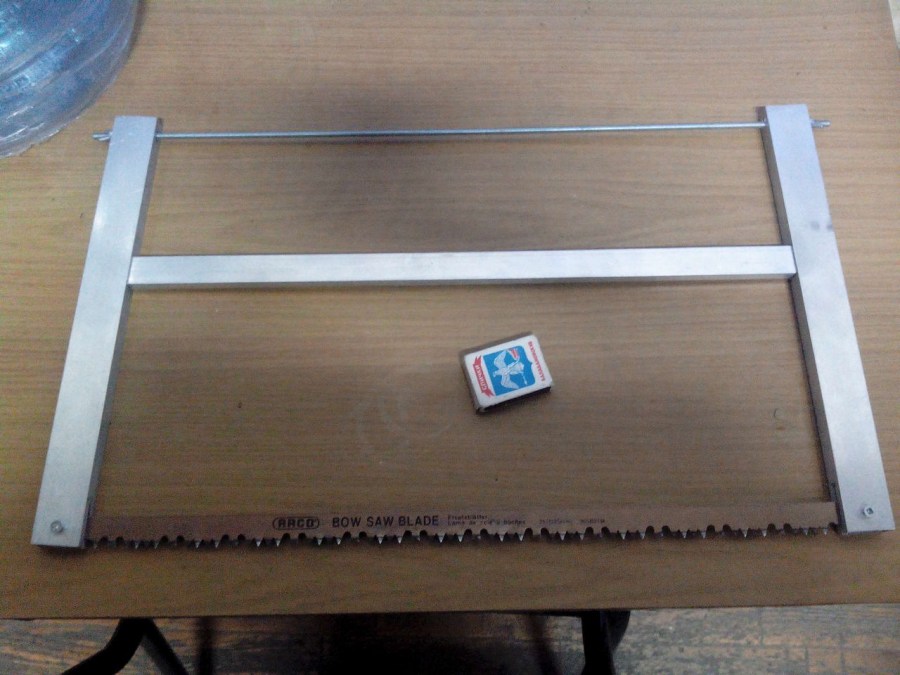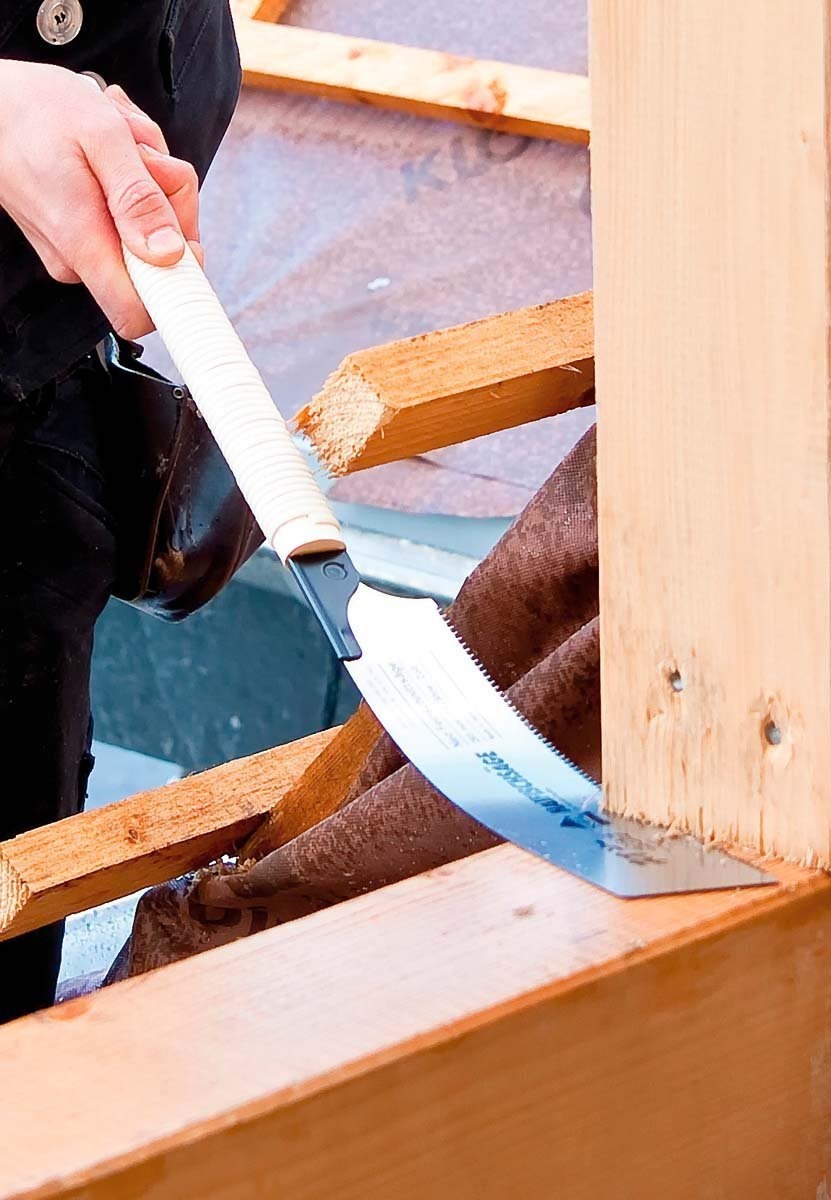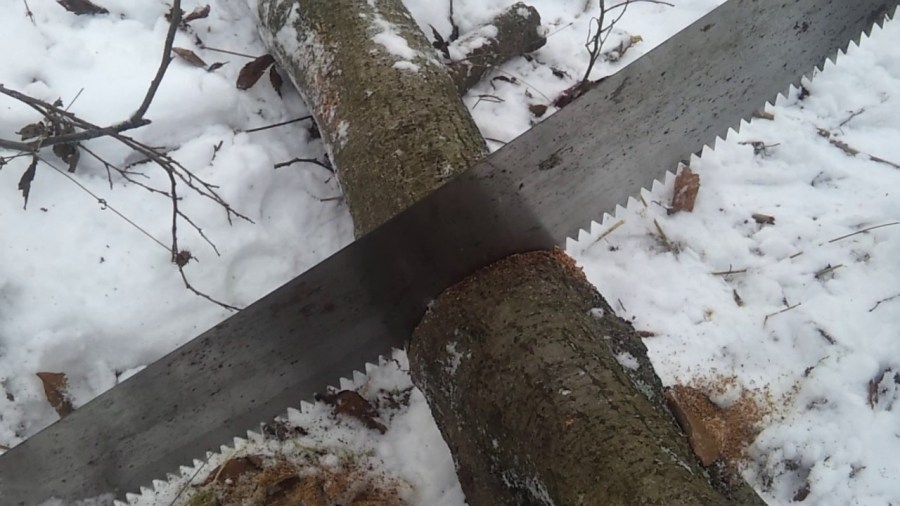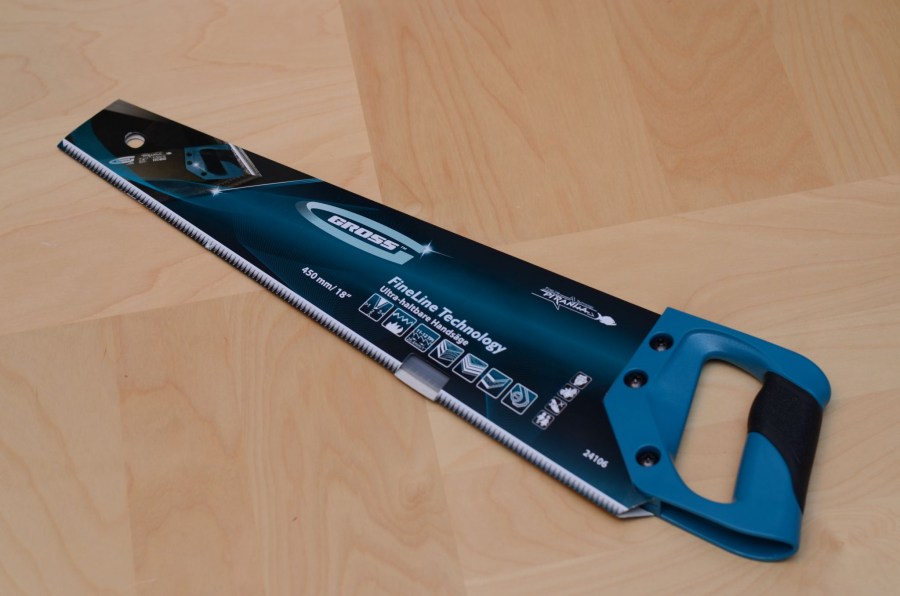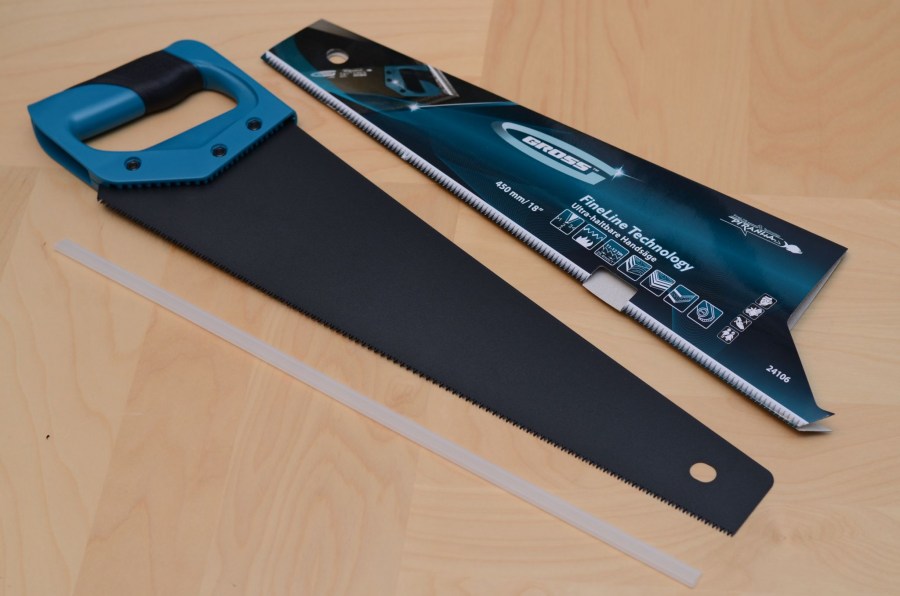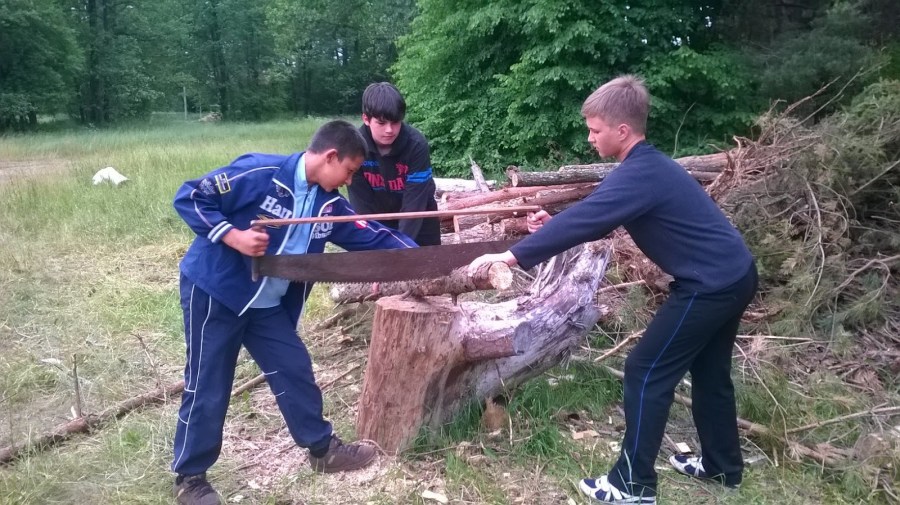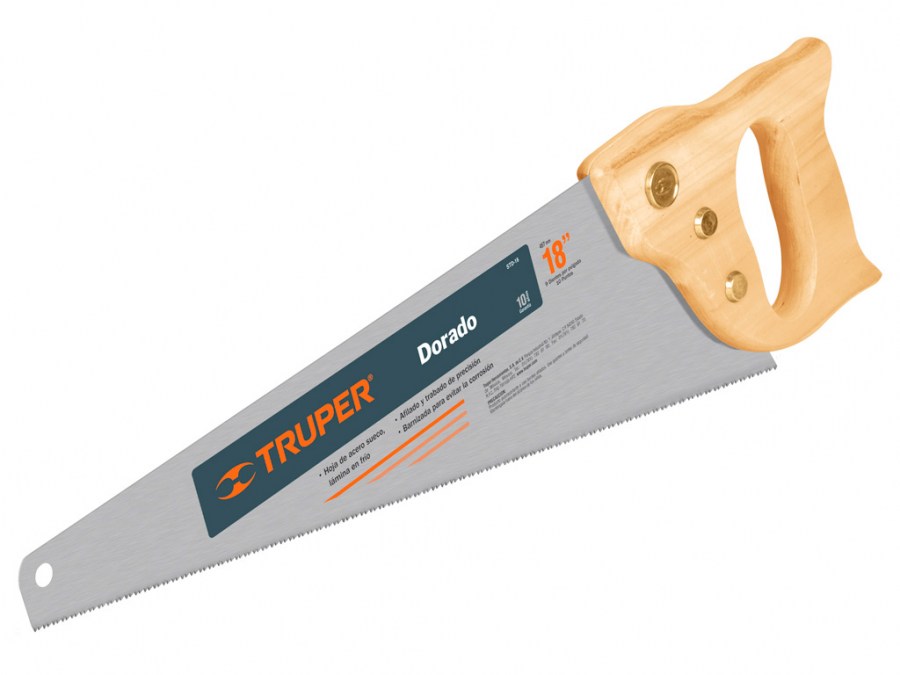Hacksaw for wood - how to choose the best tool. 70 photos of the best paintings and basic characteristics
Suppose you have a need to process a tree or some wooden product with a hacksaw. It seems to be no difficulty, take a hacksaw and start working, but you need to clarify what type of tool is suitable for a particular job. There are dozens of models, and their difference is not only in price and manufacturers.
The tool is not intricate to use, but it has several nuances that are worth considering. In this article we will try to analyze the main details that you need to pay attention to.
Characteristics
The hacksaw itself consists of a blade and a handle. It is worth paying attention to the steel grade for the blade, the quality and ease of use will depend on this. Nuances, such as blade length, tooth size, type of steel and type of handle, are fundamental when choosing a hacksaw.
Web size
Depending on your task, you can choose different blade lengths. For simple boards and small bars, a length from twenty-eight centimeters to thirty is quite suitable. If construction work is underway, then it would be wiser to take a canvas from forty-five centimeters to fifty.
The main rule: the length of the product should be half that of the hacksaw itself, otherwise you can forget about the convenience of work.
Sharpening and size of teeth
The size and sharpness of the teeth is one of the main criteria when choosing a hacksaw. The bottom line is that the small teeth on the hacksaw are designed for tidy work, and the long ones for rougher work, they are well suited for work in the garden, where accuracy does not matter.
Looking at the photo of a hacksaw on a tree with a variety of teeths, you will see which hacksaw you need.
In the hacksaw market, there is a TPI unit, on which the accuracy of cutting directly depends, it determines the number of teeth per 1 inch. For example, you need to cut a couple of boards of chipboard, in which case it is recommended to use hacksaws with TPI in the range from seven to nine, then the cut will be even and accurate.
If you need to work in the garden, cut branches, for example, then accuracy is not so important, hacksaw with TPI from three to six is enough for you. The tooth pitch can be from two and a half to six and a half millimeters and from one and a half to five millimeters.
The shape of the teeth of a classic saw is triangular and can be sharpened without difficulty. However, in modern realities, you can often find hacksaws with trapezoidal teeth. She positions herself as a stronger and more durable saw.
But the correct sharpening with such a tool will be impossible, because the steel of which the hacksaw is made is not amenable to a simple file, and it will be practically impossible to repeat such a shape. As soon as the saw is dull, either we change the blade, or go and buy a new one.
Do-it-yourself sharpening a hacksaw for wood is not difficult, but not easy either. Before sharpening, wiring must be done so that the blade does not jam during sharpening. To do this, we use a special tool, which is called sharpening.
Sharpening itself requires a wide variety of tools.
Instructions for sharpening a hacksaw
Before you begin, you need to tightly clamp your canvas in a vice so that it does not stagger. After fixing the canvas, take a file and begin to sharpen the left side on the first clove.In this case, you need to keep the file at an angle of sixty degrees.
Work your file evenly and smoothly. In exactly the same way, you must grind all the left parts of the odd teeth, and then the right ones. Then we turn the canvas over, fasten and sharpen the teeth of an even row.
Having finished work, it is necessary to clean the canvas of burrs with a specialized velvet file.
Hacksaw handle
A hacksaw with a handle, when used and selected correctly, is a very convenient tool. Handles are divided into loose-leaf and ordinary, the only difference is that in the loose-leaf handles there is the opportunity to change the canvas.
The right approach to choosing a hacksaw
Work in which hacksaws are used are divided into carpentry and carpentry. In carpentry, accuracy is more important, in carpentry, speed.
First of all, you should pay attention to the quality of the metal blade, for this we take a hacksaw in our hands and bend by 30-45 degrees. It is necessary to do this as carefully as possible, since low-quality metal is very easy to break.
After this operation, take a look at the bend, if there is a slight deviation, then the metal of this product has a very low quality.
The most important criterion when choosing your hacksaw is the price. Naturally, the choice before you is a cheap Chinese hacksaw of poor quality or an expensive saw of a famous brand. However, having overpayed once, you no longer have to forever change the canvas or buy a new tool. Large brands are closely monitoring the quality of steel and hardening that are used in their canvases.
The main tasks of the teeth are the withdrawal of sawdust and, directly, the cutting of the tree itself.
Teeths with a TPI of up to seven are quick and easy to use. Therefore, the choice of a hacksaw should completely and completely go beyond your own needs.
Types of Hand Saws
Narrow hacksaw
A small narrow hand saw, consisting of a straight thin cloth and a handle. It mainly serves the various subtle. She most often has a canvas with triangular double-sided cloves.
One of the main disadvantages of this type of hacksaw is the possibility of deviation during your work with a wooden product.
Classic saw
A simple hacksaw is undoubtedly equipped with completely different types of cloves, as well as various canvases that can be changed.
Hacksaw
Many saws have a major problem - bending during operation. Choosing a hacksaw with a pickaxe, you completely relieve yourself of this difficulty. However, to cut deeper than the width of the blade, you will not succeed.
Saw blades
This is a weighty hacksaw. The main plus of working with this type is the ability to work with the product you need under absolutely any of the angles. Using a beam saw, you can process the material from any side, along and across, to produce complex blanks alone.
A small hacksaw is perfect for small work in the garden, it is not recommended to use it when cutting large materials.
Brands
The best wood hacksaws are provided by brands: Gross, Stanley, Irwin, Bahco.
Photo hacksaw on wood
Do-it-yourself flower bed: 105 photos and recommendations for improvement
Front garden: 115 photos of original and stylish garden decorations with a front garden
Chain electric saw - modern models for giving or at home. Review of the best manufacturers.
Rake: 100 photos and everything you need to know about this tool
Join the discussion:
